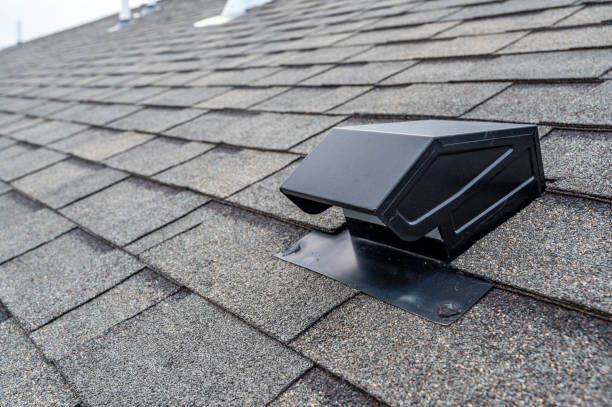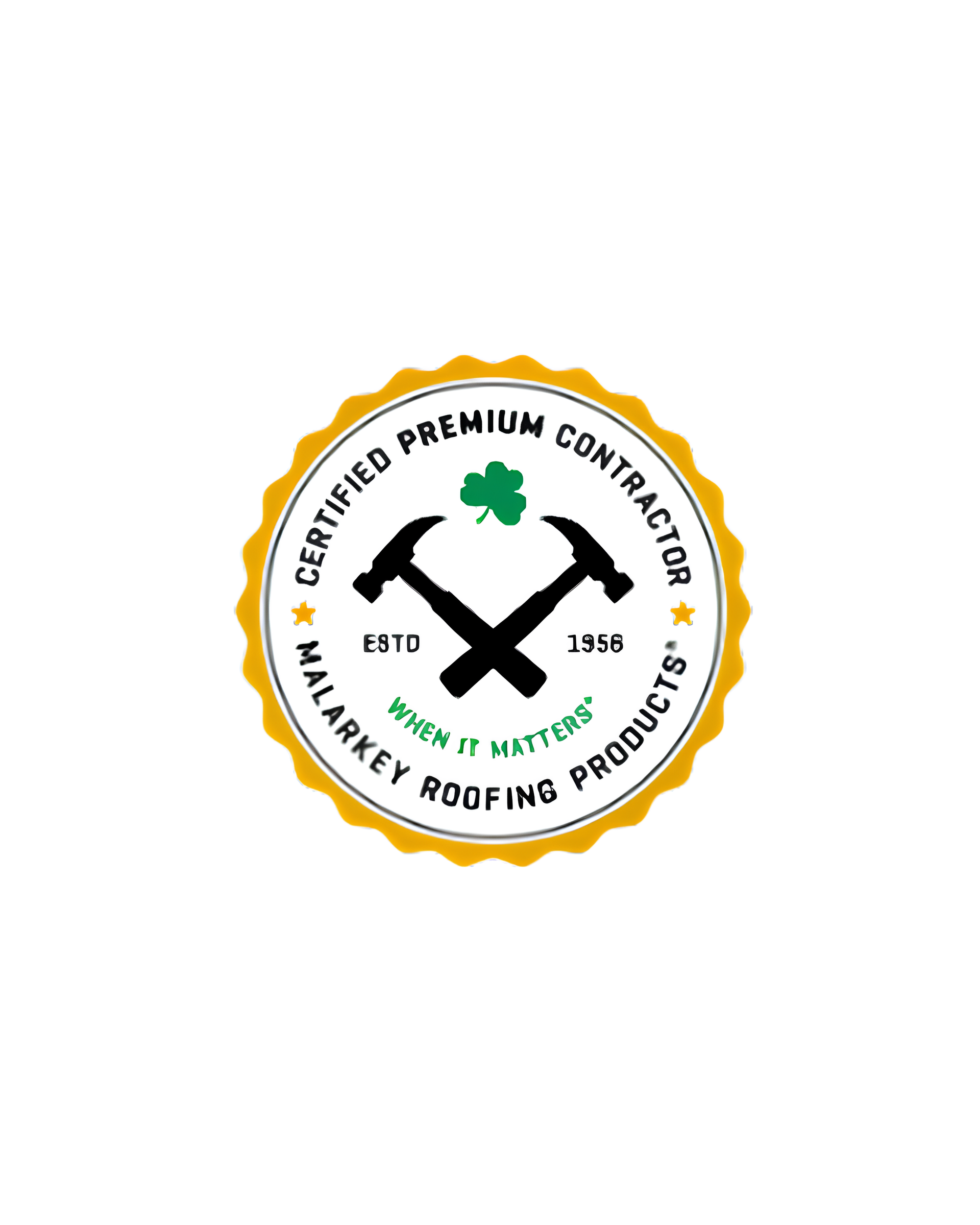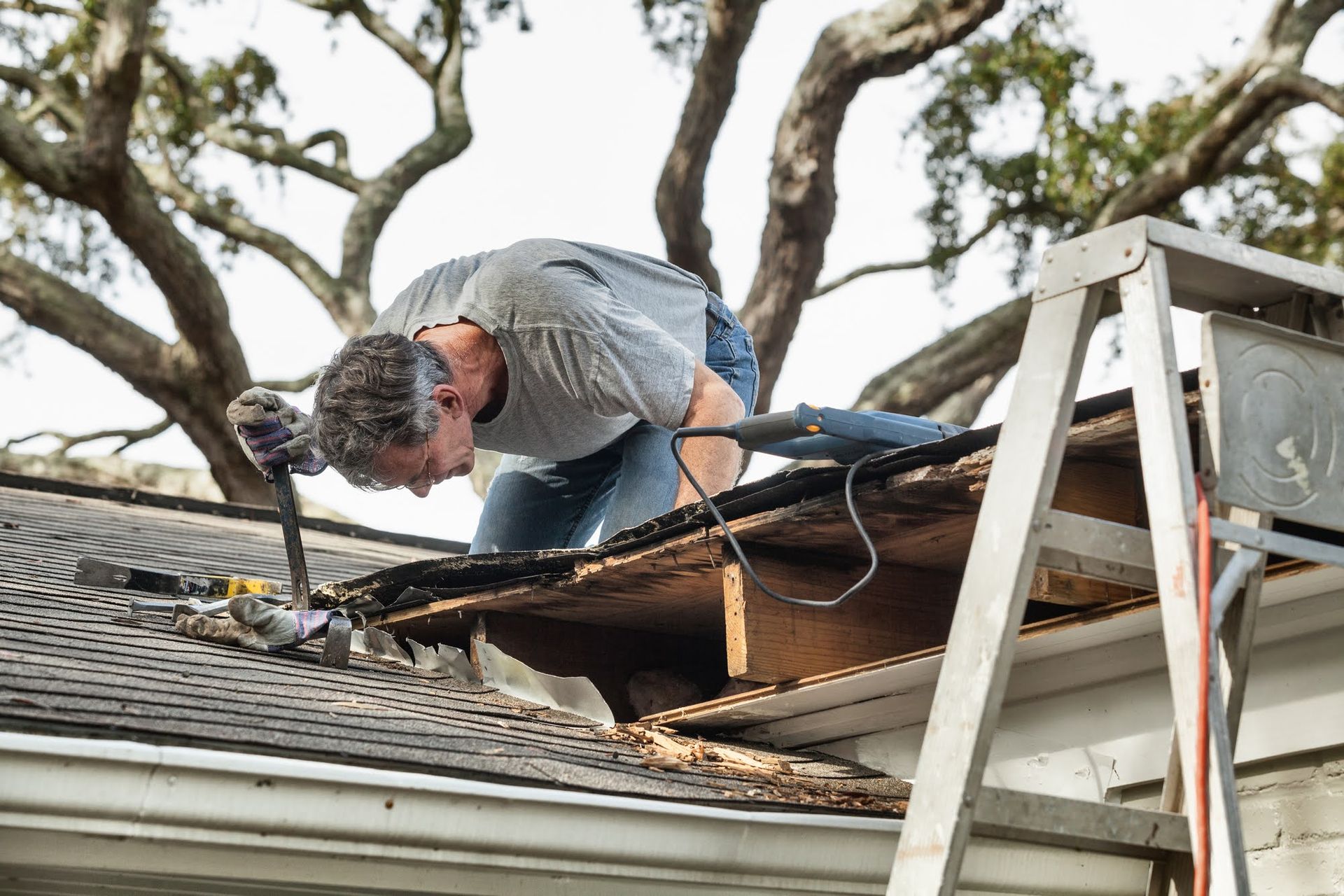7 Common Gutter Problems for Minnesota Homeowners
Gutters collect rainwater from your roof and prevent it from dripping directly down your walls and pooling near your foundation. Gutters also help preserve your landscaping by controlling where rainwater flows. However, gutters are susceptible to the following problems.
1. Clogged Gutters
Clogged gutters occur due to various reasons. One common cause is the accumulation of leaves, twigs, and debris in the gutter system. When you neglect cleaning your gutters, these materials build up, obstructing the flow of water.
Signs of clogged gutters include water overflowing from the gutters during rainfall and water pooling near the foundation. You may also notice plants or weeds growing in the gutters, as they can find moisture and nutrients in the clog. Additionally, clogged gutters can result in water damage to the siding, fascia, and soffits of your house.
2. Sagging Gutters
Sagging gutters occurs due to the accumulation of debris, such as leaves and dirt, which increases the weight of the gutter. Another cause is improper installation, where the gutter may not have been securely attached to the fascia board.
Signs of sagging gutters include visible drooping or bending of the gutter sections and separation from the fascia board. Sagging gutters can compromise the structural integrity of your roof and fascia board, potentially leading to expensive repairs.
3. Holes and Cracks
Gutters can develop holes and cracks due to corrosion from exposure to moisture and debris. Over time, the metal can weaken and create openings.
Poor installation or improper maintenance can also contribute to holes and cracks. Neglecting regular cleaning and allowing leaves and dirt to accumulate can lead to blockages, causing water to overflow and pressure the gutter system. Additionally, extreme weather conditions, such as freezing temperatures or intense heat, can cause gutters to expand or contract, resulting in cracks.
4. Rotting Fascia
As rainwater or snowmelt flows down the roof, it's supposed to be directed away from your home by the gutter system. However, if debris blocks the gutters, water gets trapped and can't flow freely. The stagnant water then seeps into the fascia, the horizontal board beneath the edge of the roof.
Over time, this moisture causes the fascia to rot. Rotting fascia weakens the structural integrity of the gutter system. The fascia also poses a risk to your home's foundation, as water may overflow and accumulate near the base.
5. Insect and Bird Nests
Insect and bird nests in gutters happen when small bugs or birds build their homes in the channels designed for rainwater. Insects may construct nests from twigs, leaves, and debris, creating cozy shelters for themselves. Birds, on the other hand, build nests made of twigs, grass, and feathers, seeking a safe place to lay their eggs and raise their young.
However, these nests can cause problems. Insects and bird droppings accumulate, clogging the gutters. These can lead to water damage, leaks, and even structural issues.
6. Improperly Pitched Gutters
Improper gutter slope happens when your gutters are not correctly angled. This can cause water to accumulate and not flow properly. Water should flow towards the downspouts, but with an improper slope, it may pool in certain areas.
7. Lack of Gutters
Some homes don't have gutters at all. Without gutters, rain splashes against your exterior walls. Paint can peel, and siding may rot. The absence of gutters can also lead to water pooling near entryways.
Upgrade your home's exterior with Twin City Roofing Construction Specialists, Inc. From roofing to siding, windows to gutters, we've got you covered. Enhance curb appeal, protect your investment, and boost energy efficiency. Contact us today and let us know how we can help.











